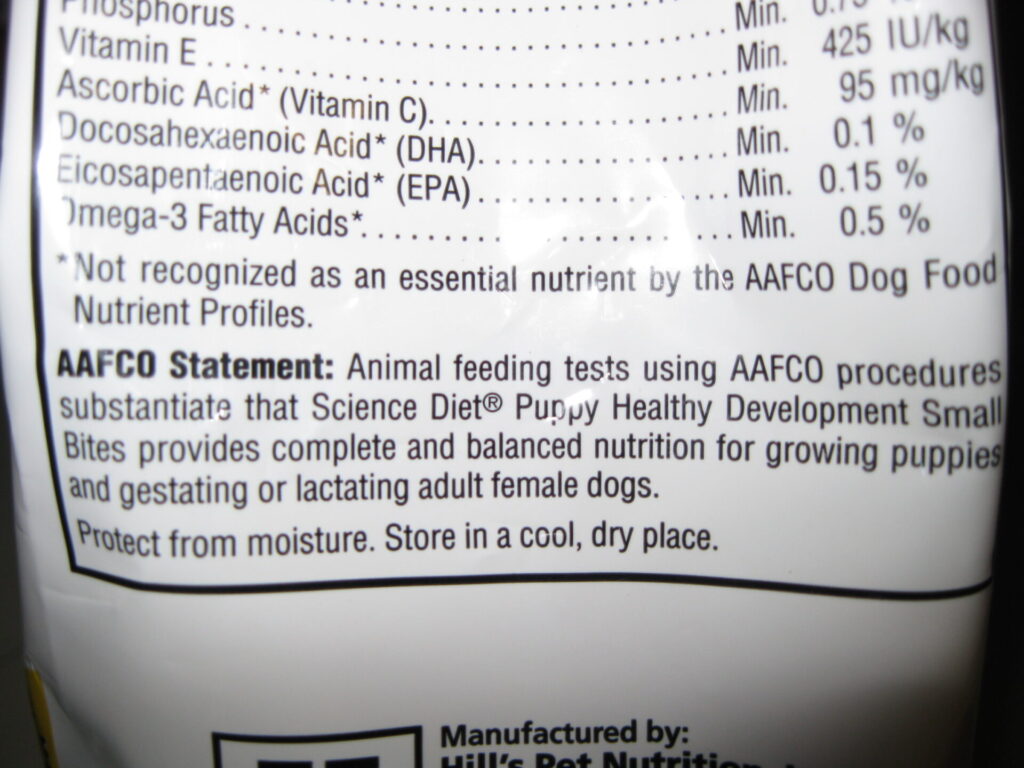Feeding your new puppy is one of the most important aspects of pet ownership. With the plethora of dog food options available, it’s crucial to choose the best dog foods to ensure your pup grows up healthy and strong. In this guide, we’ll explore common puppy feeding mistakes to avoid and provide tips for selecting the best nutrition for your furry friend.
Importance of Proper Puppy Nutrition
Ensuring your puppy receives the right nutrients is essential for their growth, development, and overall health. Puppies have different dietary needs than adult dogs, requiring specific nutrients in the right amounts to support their rapid growth. By avoiding common puppy feeding mistakes and choosing the best dog foods, you can set your pup up for a lifetime of good health.
Common Puppy Feeding Mistakes to Avoid
- Feeding the Wrong Type of Food
- Puppies need food formulated specifically for their growth and development.
- Avoid feeding adult dog food to puppies as it may lack essential nutrients.
- Overfeeding or Underfeeding
- Follow the feeding guidelines on the dog food packaging.
- Adjust portions based on your puppy’s size, age, and activity level.
- Inconsistent Feeding Schedule
- Maintain a regular feeding schedule to help with digestion and routine.
- Avoid free-feeding, which can lead to overeating and obesity.
- Introducing New Foods Too Quickly
- Gradually introduce new foods to avoid gastrointestinal upset.
- Mix the new food with the old food over a period of 7-10 days.
- Ignoring Food Quality
- Choose high-quality dog foods with real meat, vegetables, and grains.
- Avoid foods with fillers, artificial preservatives, and by-products.

Choosing the Best Dog Foods for Your Puppy
Selecting the best dog foods involves considering several factors, such as ingredients, nutritional value, and brand reputation. Here are some tips to help you choose the right food for your puppy:
Look for High-Quality Ingredients
- Real Meat: Ensure the food lists real meat as the first ingredient.
- Whole Grains and Vegetables: Opt for foods with whole grains, vegetables, and fruits.
- Healthy Fats: Include sources of healthy fats like fish oil or chicken fat for skin and coat health.
Check Nutritional Adequacy
- AAFCO Statement: Look for the AAFCO (Association of American Feed Control Officials) statement on the packaging, indicating the food meets nutritional standards.
- Life Stage Appropriateness: Ensure the food is formulated for puppies.

Consider Your Puppy’s Specific Needs
- Breed Size: Large breed puppies may need different nutrients than small breed puppies.
- Health Conditions: Some puppies may have specific dietary needs due to health conditions.
Transitioning to Adult Dog Food
As your puppy grows, you’ll eventually need to transition to adult dog food. This transition usually occurs around one year of age, but it can vary based on breed and size. Follow these steps to make the transition smooth:
- Gradual Change: Mix increasing amounts of adult dog food with puppy food over 7-10 days.
- Monitor Your Puppy: Watch for any signs of digestive upset and adjust the transition period if needed.
- Consult Your Veterinarian: Seek advice from your vet to ensure the timing and food choice are appropriate.

Conclusion
Feeding your puppy the best dog foods and avoiding common puppy feeding mistakes can significantly impact their health and development. By choosing high-quality, nutritious food and following proper feeding practices, you’ll give your puppy the best start in life. Always consult with your veterinarian for personalized feeding advice and to address any concerns about your puppy’s diet.
Ensure your puppy’s well-being by making informed decisions about their nutrition, and enjoy the rewarding experience of watching your furry friend grow into a healthy, happy adult dog.





















